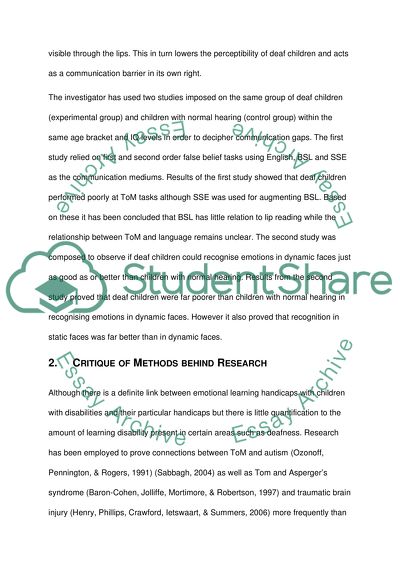Cite this document
(“Emotion Recognition and Theory of Mind In Children with Profound and Essay”, n.d.)
Emotion Recognition and Theory of Mind In Children with Profound and Essay. Retrieved from https://studentshare.org/psychology/1440049-review-of-current-research-talk
Emotion Recognition and Theory of Mind In Children with Profound and Essay. Retrieved from https://studentshare.org/psychology/1440049-review-of-current-research-talk
(Emotion Recognition and Theory of Mind In Children With Profound and Essay)
Emotion Recognition and Theory of Mind In Children With Profound and Essay. https://studentshare.org/psychology/1440049-review-of-current-research-talk.
Emotion Recognition and Theory of Mind In Children With Profound and Essay. https://studentshare.org/psychology/1440049-review-of-current-research-talk.
“Emotion Recognition and Theory of Mind In Children With Profound and Essay”, n.d. https://studentshare.org/psychology/1440049-review-of-current-research-talk.


